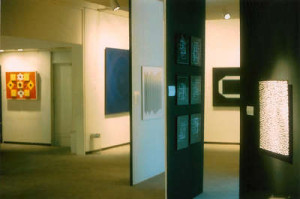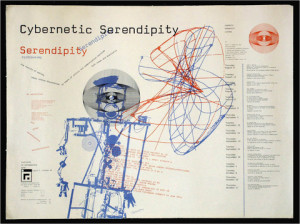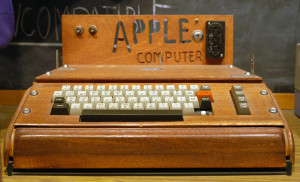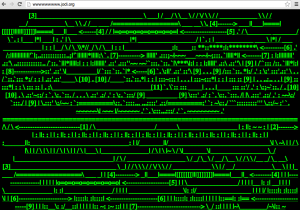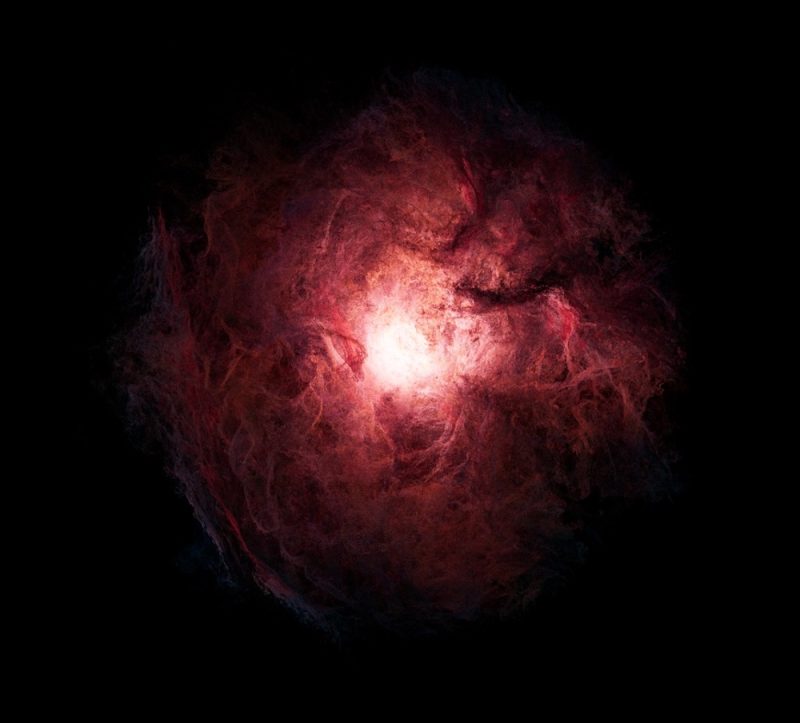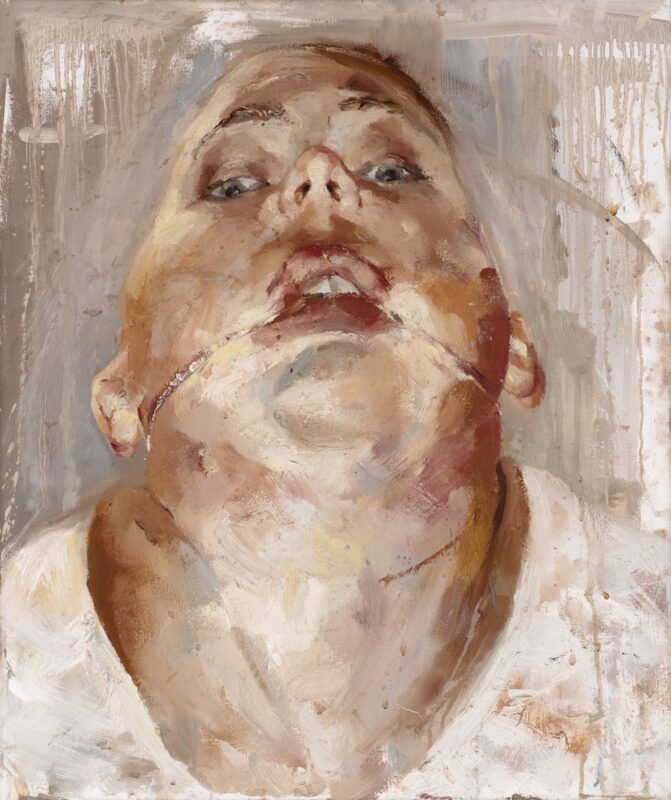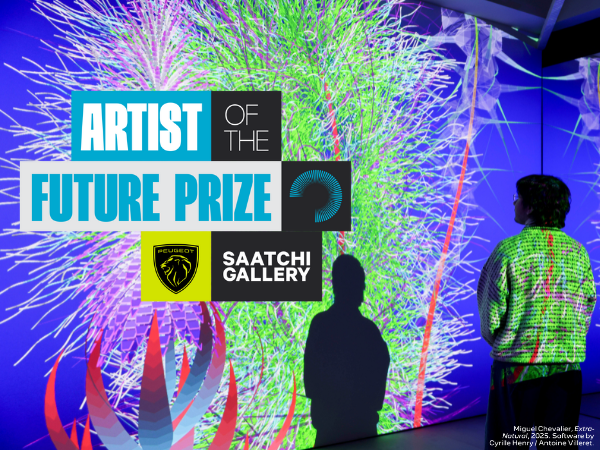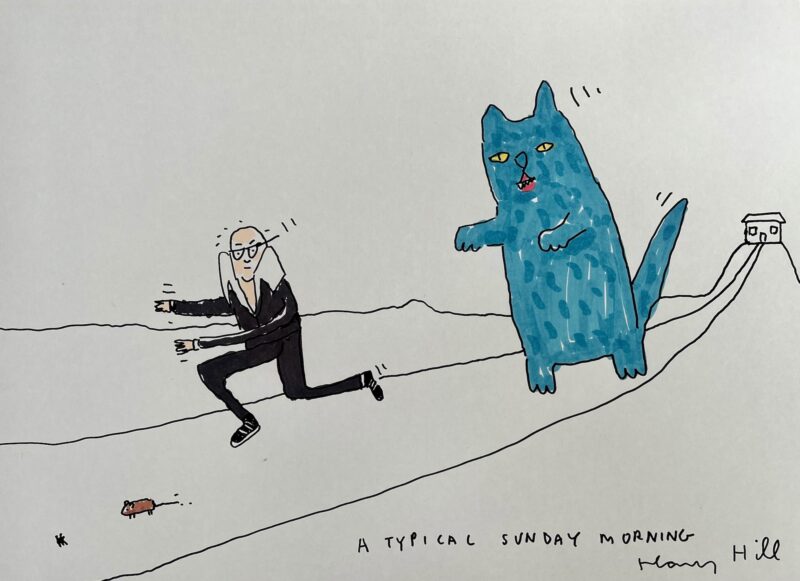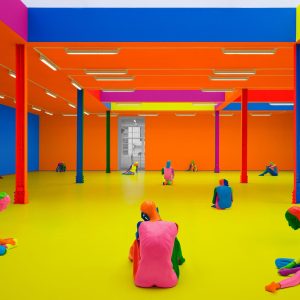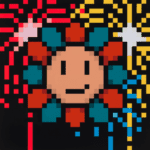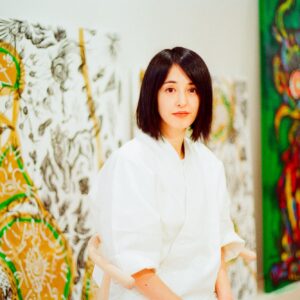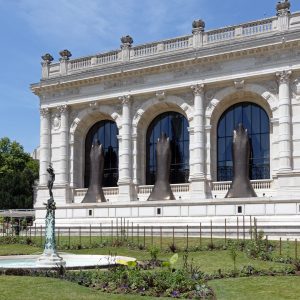Join Jenny Judova (founder of Art Map London) on a quest to figure out what the hell is digital art as she explores the digital art scene online, and offline in London.
A lesson in History.
Many people think that digital art appeared sometime in the last 5 years, or at the earliest sometime with Web 2.0, they are not wrong. The vast majority of artists started creating digital art in the last decade or so when one no longer needed specialised knowledge or training to do stuff on computers, think David Hockney making iPad drawings – technically it is digital art, yet it would be a stretch to call him a digital artists. The majority of artists did start experimenting with digital only with the advance of Web 2.0 however the history of digital art starts long before that in 1949’s and I will trace it here through milestones, and as i do keep in mind that anything digital is essence a binary code consisting of 1 and 0, and in its essence its all math. Digital art is math combined with art.
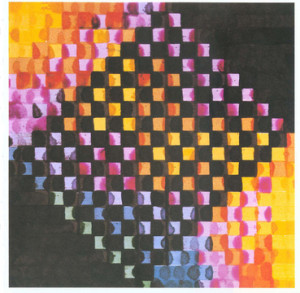
1949 – The History of Digital art starts in 1949 with an essay Mathematics in Art by Max Bense. The first digital artists such as Frieder Nake, Georg Nees, and Michael Noll where actually mathematicians.
February 1965 -Georg Nees: Computergrafik at Studiengalerie der TH Stuttgart – the first ever exhibition of digital art.
April 1965 – The first ever digital art exhibition ‘Computer Generated Pictures’ at Howard Wise Gallery in New York.
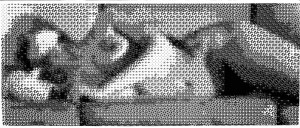
1966 – Studies in Perception – the first ever digital nude was created in Bell Labs by Murray Hill and Leon Harmon – the first digital artists where often researchers as at the time computers could only be found in highly specialised research labs.
1968 – The first block buster exhibition of digital art, a show that has become legendary ‘Cybernetic Serendipity’ curated by Jasia Reichardt. As a consequence the British Computer Arts Society was founded.
1970 – Exhibition ‘Software’ at NYC Jewish Museum.
1976 – Apple 1 comes out – the era of personal computers begins.
1979 – Linz Arts Electronica a cultural, educational and scientific institute for the research in new media art is opened.
1982 – New York Times names computer ‘man of the year’.
1984 – The mouse appears on Macintosh 128K becoming mainstream.
1987 – GIF format is created.
1990 – World Wide Web is created – Tim Bernes-Lee develops HTML.
1993 – Jodi.org is created – one of eh most important art websites.
1995 – Whitney Museum is the First museum to acquire a work of net art by Douglas Davis ‘The World’s First Collaborative Sentence” (1994).
1996 – Rhizome – the main resource and social platform for digital art is founded.
1997 – Walker Arts Centre launches Gallery 9, a commissioning programme and extensive online gallery of New Media Art.
1998 – The internet is world Wide.
1999-2004 – Web 2.0 is born.
2000 – American Stock Market Crashes and the dot.com bubble bursts.
2000 – Whitney Biennial includes Net Art.
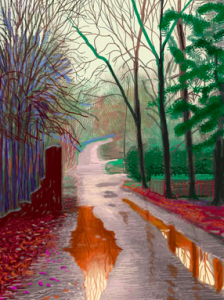
2000 onwards – no specialist knowledge is required to create digital work, more and more artists create digital work.
Categories
Tags
- Apple 1
- British Computer Arts Society
- Computergrafik
- Computergrafik at Studiengalerie der TH Stuttgart
- David Hockney
- David Hockney making iPad drawings
- digital art
- Frieder Nake
- Gallery 9
- Georg Nees
- History of digital art
- Howard Wise
- Howard Wise Gallery
- Jasia Reichardt
- Jenny Judova
- Jodi.org
- Leon Harmon
- Linz Arts Electronica
- Mathematics in Art by Max Bense
- Max Bense
- Michael Noll
- Murray Hill
- NYC Jewish Museum
- Rhizome
- the first ever exhibition of digital art
- Walker Arts Centre
- Walker Arts Centre launches Gallery 9
- Web 2.0
- Whitney Biennial
- Whitney Museum
- WTFisDigitalArt?
